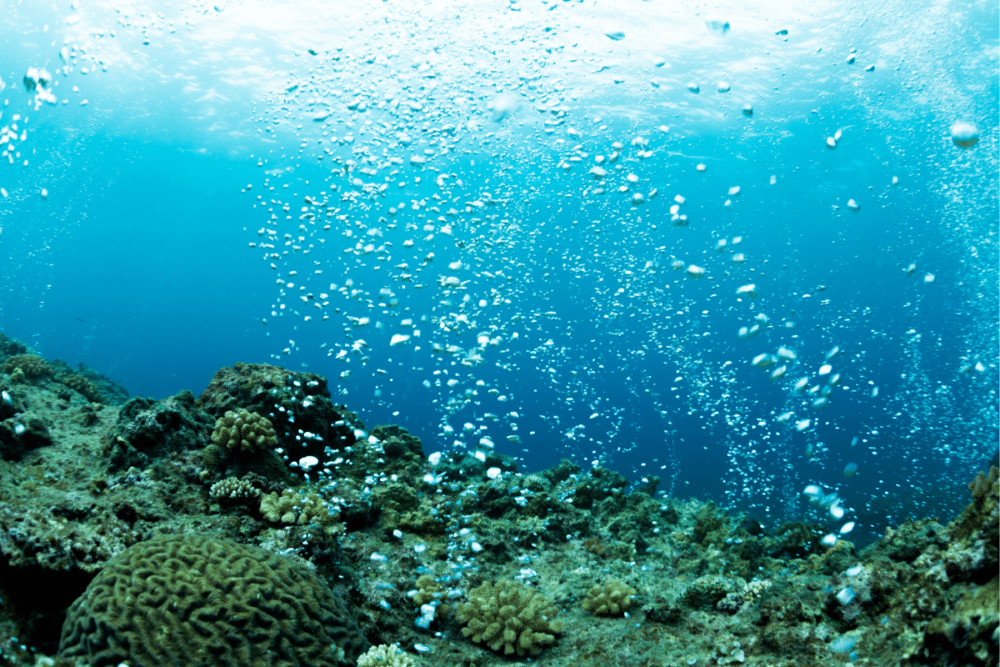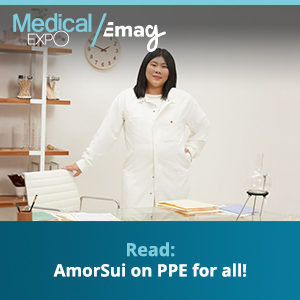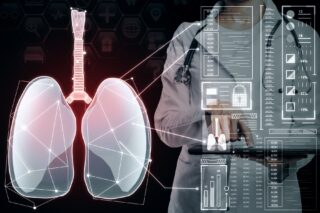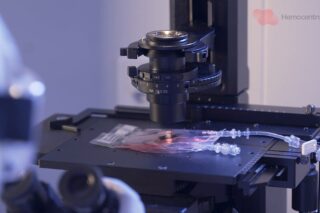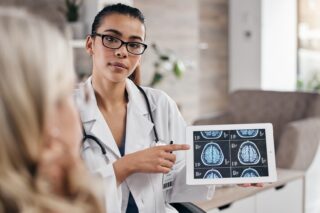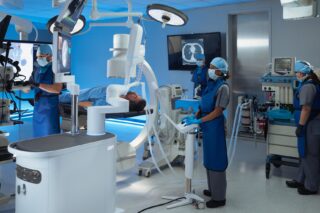Beneath our feet, in the depths of the ocean, and even within our own bodies, countless microbes remain undiscovered. They each carry a unique genetic blueprint shaped by evolution. Scientists are now uncovering fragments of microbial DNA that could hold the key to solving some of our most pressing environmental challenges. These hidden genes could replace harmful industrial manufacturing processes with sustainable alternatives.
In February 2023, James Finnigan and his team at biotech company Prozomix set out to sample all the major estuaries around Great Britain. They were looking for microbes with interesting properties that could potentially be used in industrial processes across the world.
“If you sequence a little bit of soil from your front doorstep, you’ll find that 90 to 95%, or probably more, is unknown bacteria,” said Finnigan, Technical Director at Prozomix. “The marine microbiome is just so much more diverse than terrestrial microbiomes.”
The Power of Unknown Microbes for Sustainable Drug Manufacturing
Unknown microbes contain potentially useful pieces of DNA. And thiese pieces can be used by humans to move away from environmentally damaging industrial processes. For example, Prozomix identified an enzyme which a pharmaceutical company is now using to develop a “generic” drug more sustainably.
Typically, drugs are produced through high temperature reactions. These use many different chemicals, meaning significant amounts of energy and materials are needed to make them. The enzyme, on the other hand, is active at low temperatures and acts as a shortcut to the final product.
Since 2012, the EU has been pushing their bioeconomy strategy. A part of this strategy is to convert renewable biological resources into vital products. Prozomix’s sampling in 2023 was completed as part of the EU-funded BLUETOOLS project.
The BLUETOOLS Project
Aurelio Hidalgo is assistant professor in microbiology at the Universidad Autónoma de Madrid and coordinator of the BLUETOOLS project. He says that most of the sampling for the project is now complete. Other partners have collected samples in Spain, Germany and Norway, among other countries.
The researchers are going through the process of screening the samples for potentially interesting properties contained within the microbes. Part of what makes BLUETOOLS stand out is their use of microfluidics to analyse the samples. Microfluidics is a technology that allows researchers to manipulate liquids at a very small scale.
“This is the advantage – actually reducing analysis and assay volumes to the microscopic scale,” he said. Doing things at a smaller scale means the consumption of less reagents and materials for the same amount of work. “Can you imagine 3 million plastic test tubes? Well, we just need a little bit of plastic tubing.”
The microfluidic tests are set up in a way where they can detect the properties that Hidalgo’s team might find interesting. For example, if they were looking for an enzyme or protein that can degrade fats for use in a laundry detergent, they’d have to integrate a fat-like substance within the microfluidic test droplets to see if anything in the sample interacted with it.
BLUETOOLS is also using bioinformatics to analyze the samples. For Hidalgo, this is usually more appropriate if you’re looking for more complex properties like antitumor or antimicrobial effects.
The Nagoya Protocol
As a project focused on using genetic resources found in nature, BLUETOOLS is subject to the Nagoya Protocol. Established in 2010 as a supplementary agreement to the 1992 Convention on Biological Diversity, the protocol says that any benefits from genetic diversity must be shared fairly.
“For countries that are party to the Nagoya Protocol, there will be terms and conditions to access the genetic resources that belong to them,” said Hidalgo.
As those terms and conditions vary by country, working with some countries like Germany, the UK and Norway is more straightforward.
Josefa Anton, professor of microbiology at the University of Alicante, leads one of the teams collecting samples in Spain. She says the Nagoya Protocol comes with a heavy bureaucratic load.
“Maybe it’s just a matter of that we are still not very well trained because it’s quite recent,” said Anton. “I get the impression that in a few years everything will run more smoothly.”
She suggested having centralized structure within the EU for addressing the Nagoya Protocol, rather than leaving it up to individual countries how they choose to comply.
Research suggests that a lot of companies have “reduced or abandoned their interest in natural products” because the Nagoya Protocol adds extra hurdles in accessing genetic resources.
To utilize some of the sampling completed in Spain through BLUETOOLS, companies would have to submit an application for commercial use.
“My experience with many industrial partners is that they run away from that,” said Hidalgo.
When the Nagoya Protocol was announced, Finnigan and his colleagues decided to stick to the UK for their work. The country allows the use of genetic resources without reporting, as long as national parks are respected.
“We want to make sure everything is simple because we have to have products on the market [to survive as a company],” he said.
